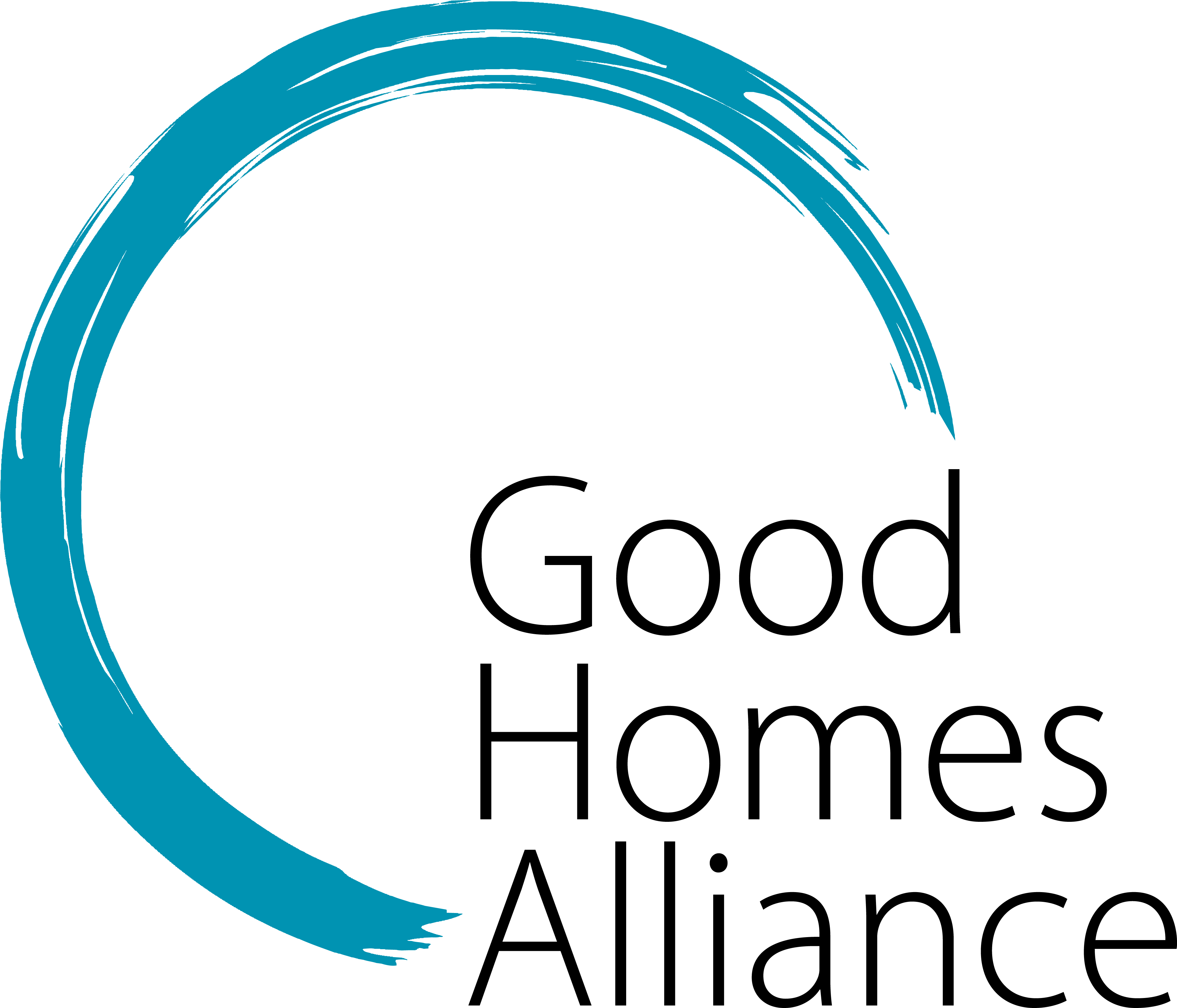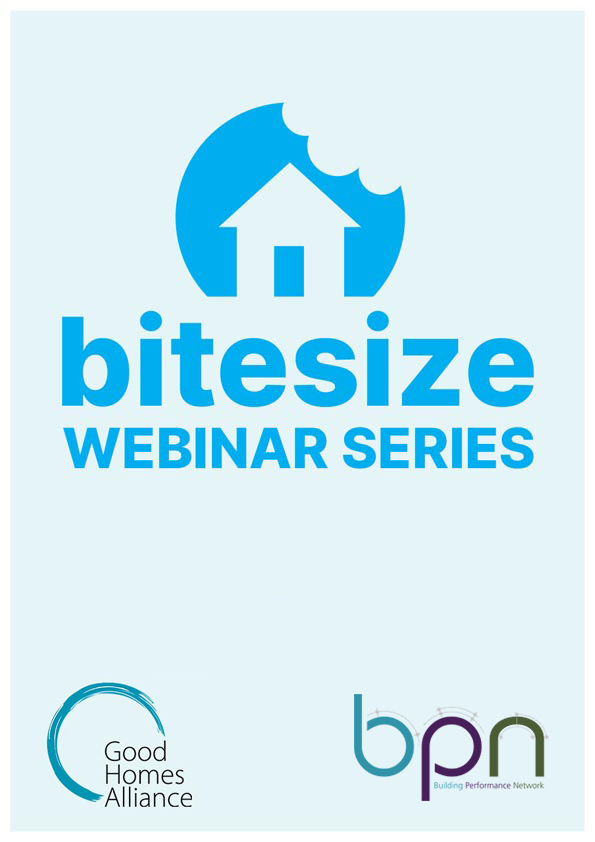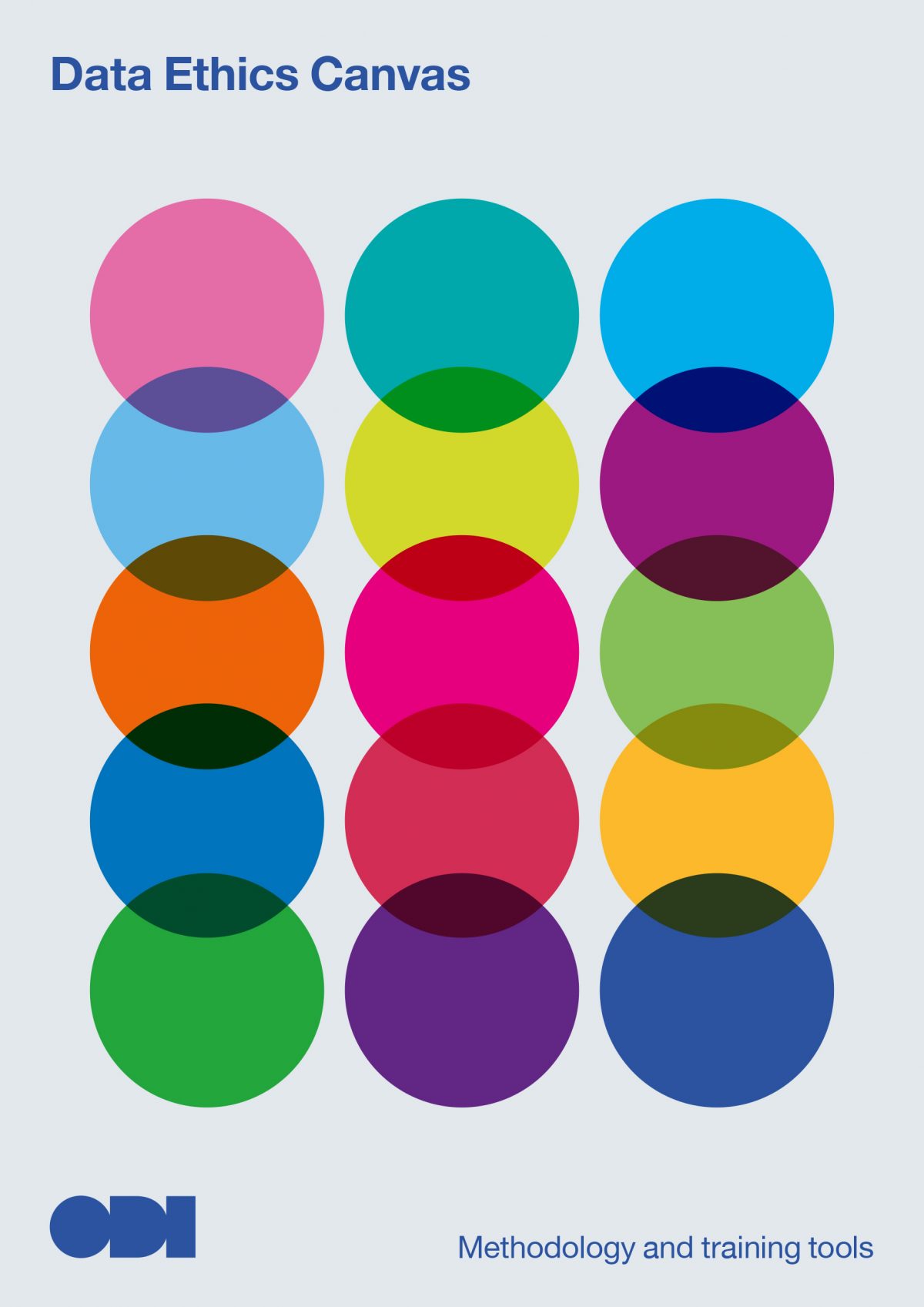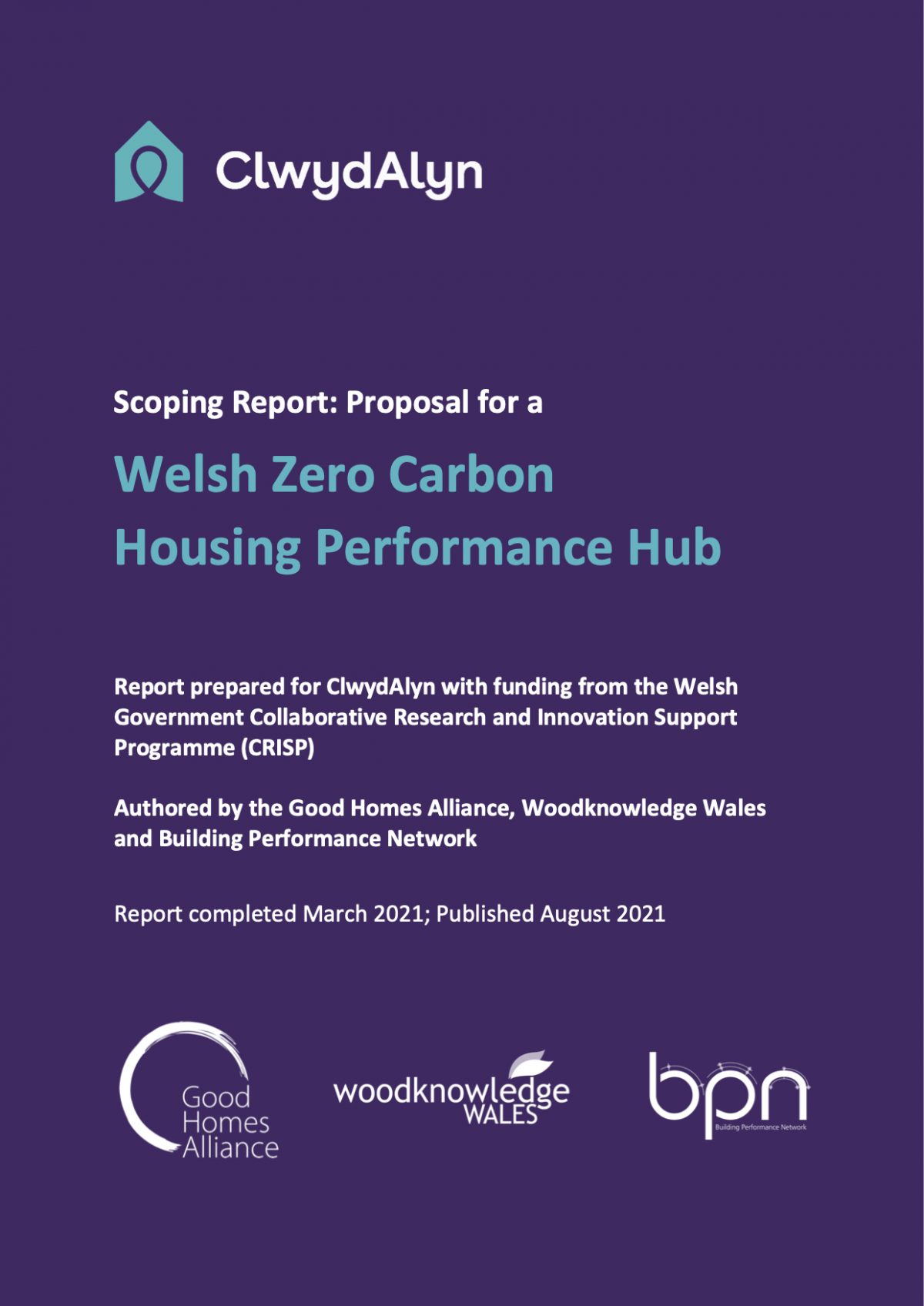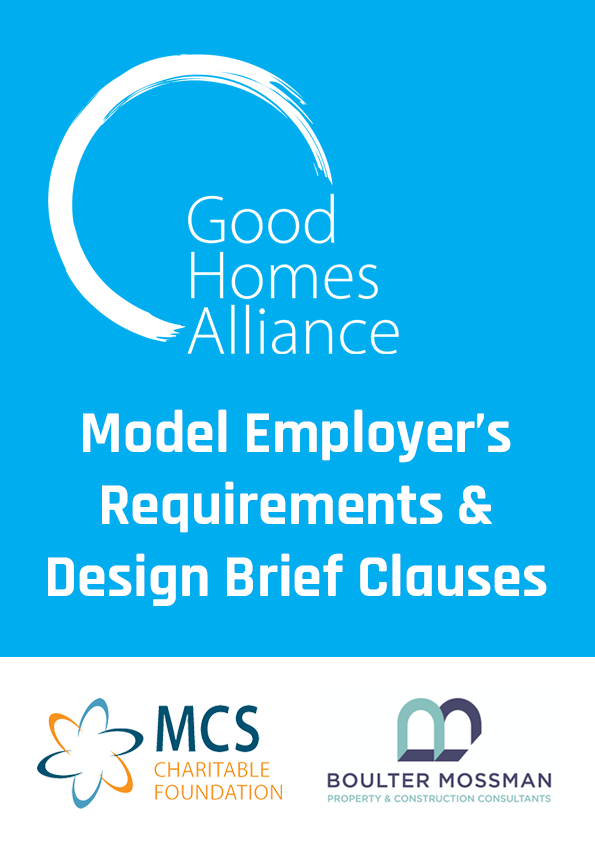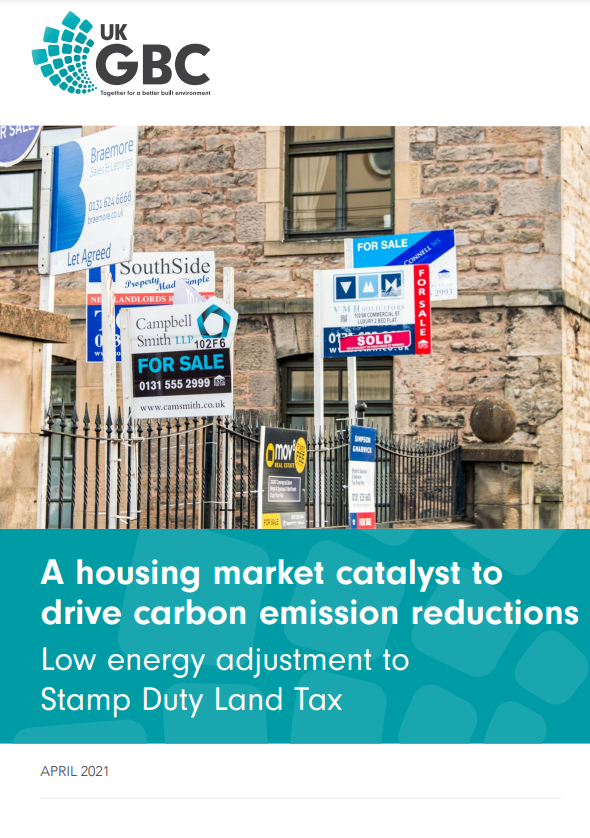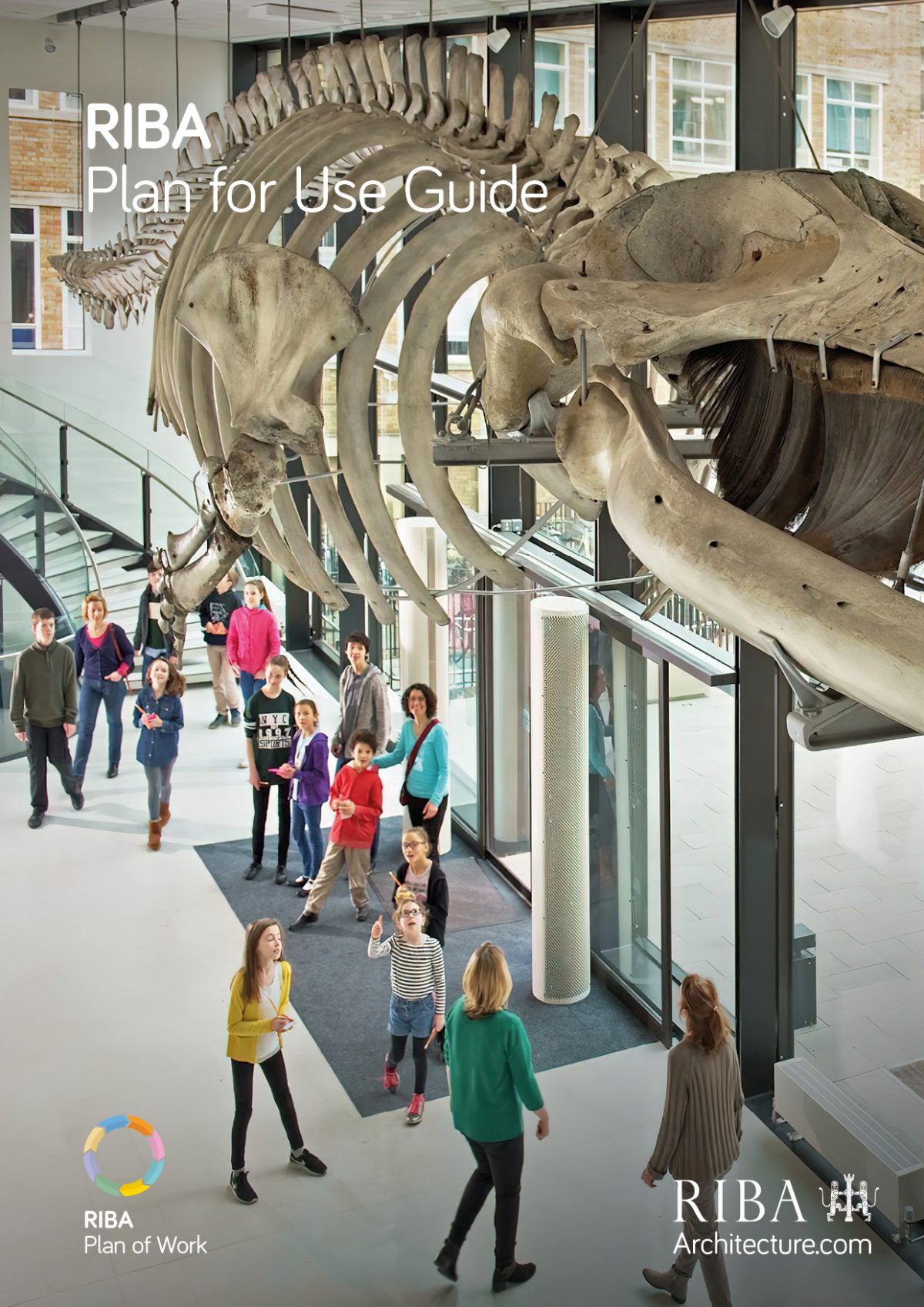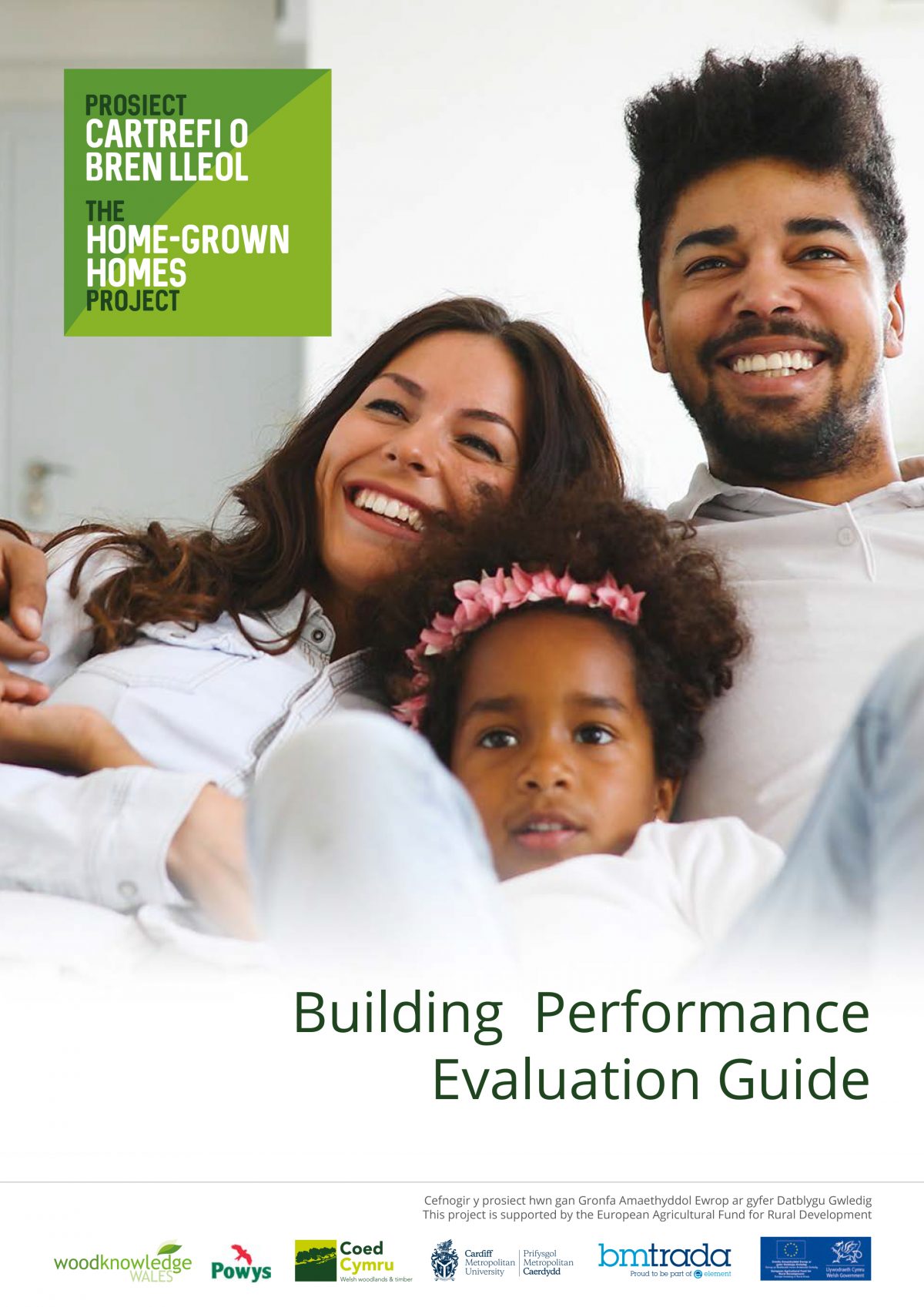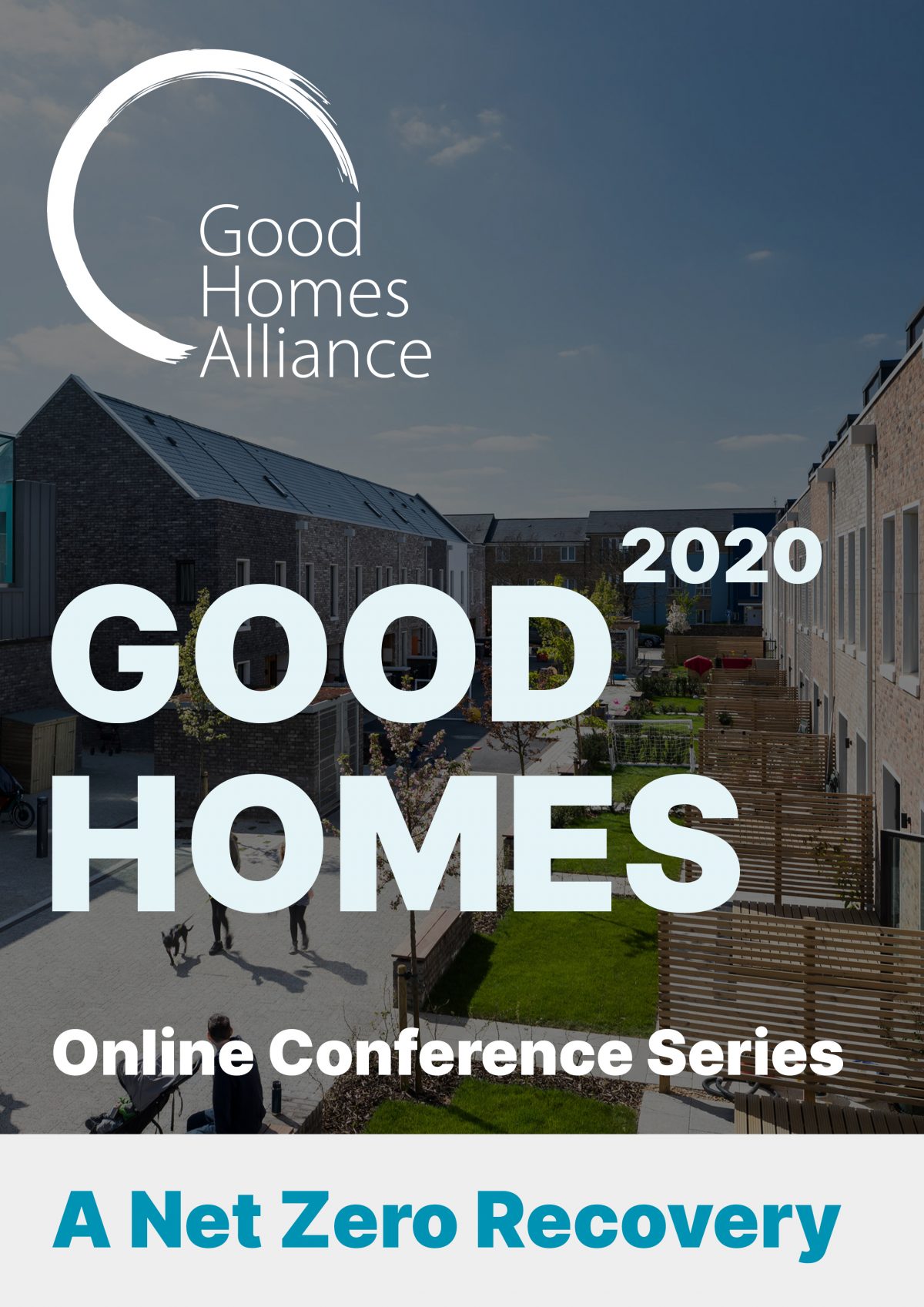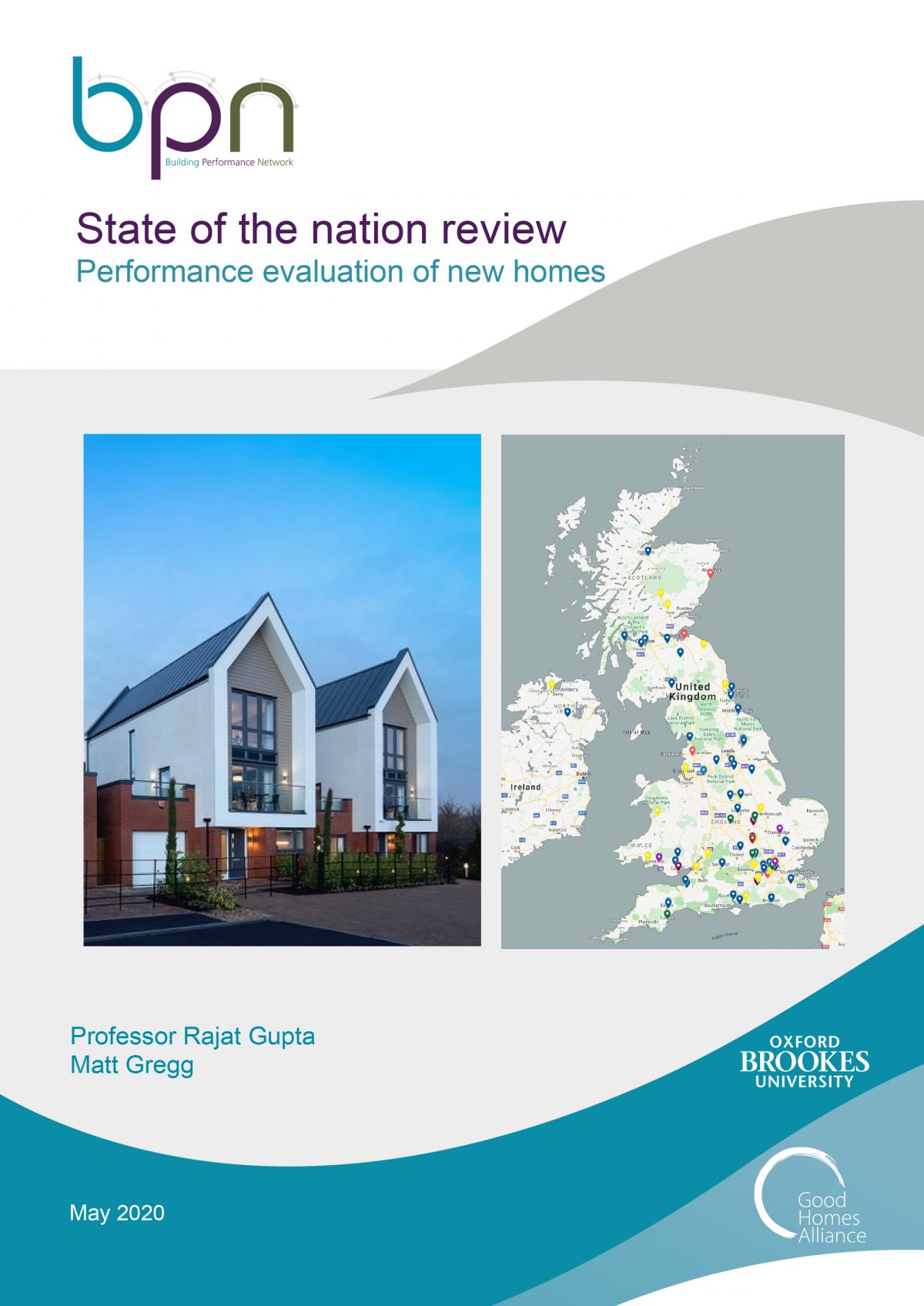The clauses are free-to-download and set minimum requirements for performance standards for energy (net zero), emissions, health, comfort and building performance evaluation.
Developed in collaboration with:
With input from our local authority (Vanguard) and housing association (Pathfinder) network members via a workshop.
The work has been kindly funded by the MCS Charitable Foundation.

About the clauses
The new clauses can be adopted by clients (i.e. local authorities, RSLs) and included in Employer’s Requirements and Design Guides. The clauses principally intend to:
- Drive up standards by placing new build housing developments on a trajectory to net zero carbon and avoiding the need for retrofit work to be undertaken in future;
- Improve and enhance the comfort, health, well-being and satisfaction of occupants while additionally maintaining provision of affordable warmth; and
- Ensure that homes are built to perform in accordance with the design stage intentions (or better) by closing the ‘performance gap’.
The clauses provide minimum requirements set out as a performance specification which can be used in connection with both self-promoted and Section.106 developments, they should not be relied upon for any other purpose. Additionally, the clauses seek to clarify the responsibilities of designers and developers in satisfying the requirements.
The ERs are built around standards set by LETI in their Climate Emergency Design Guide, the Future Homes Standard and Woodknowledge Wales BPE Guidance.
Authors: For the Good Homes Alliance, authored by Paul Ciniglio, BM3e Principal, Boulter Mossman with input from Jim Allman, Director, Boulter Mossman and Prof. Tim Sharpe, independent consultant.
Publication date: June 2021, v3
Downloads
Main document:
DOWNLOAD MAIN DOCUMENT
Appendices:
DOWNLOAD TABLE 1
DOWNLOAD TABLE 2
Launch event video
On June 1st 2021 we hosted the Model Employer’s Requirements and Design Brief Clauses launch event. You can watch the video of the event below.
Speakers included:
- Julian Brooks, Programmes Director, Good Homes Alliance
- Adrian Ramsey, CEO, MCS Charitable Foundation
- Paul Ciniglio, BM3e Principal, Boulter Mossman
- Prof. Tim Sharpe, independent consultant
